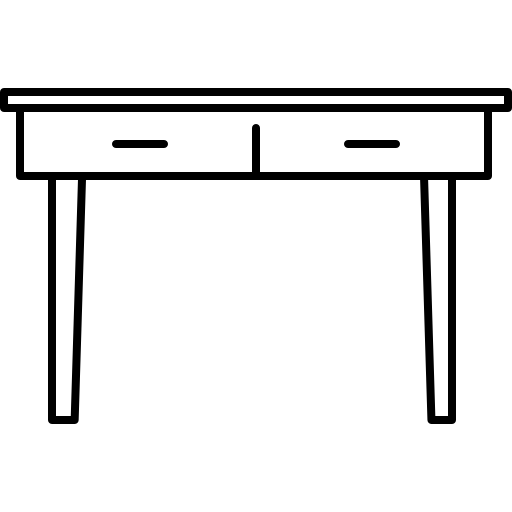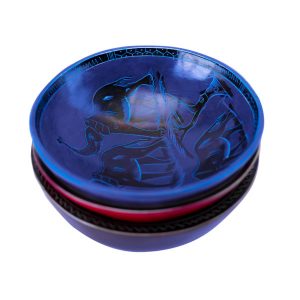
In the kitchen area, the cookware is exposed to water, heat, grease, abrasives, but to prepare it for a lifetime ahead and bring out its natural darker sheen which appeals to the eye, it has to be cured and cleaned in the following steps.
- Rinsing and wiping
Dip the soapstone cookware in hot water to rinse off any dirt and wipe it dry use using a soft piece of clothing.
- Curing with oil
Generally, soapstone is cured or treated using mineral oil, baby oil or dry wax, to fasten the oxidation process which gives it a uniform darker sheen. With soapstone cookware, olive oil or any cooking oil is recommended for curing.
After the cookware has been dried, a clean rag is used to grease all its surfaces. A generous amount of the oil is poured directly on the cookware, and then rubbed all over its surface with the rag.
- Drying the cookware
The oiled cookware is left to sit in a warm location for about over two hours to ensure that it completely dries. Remember, since soapstone is non porous, the oil does not get absorbed into the stone, rather it evaporates after a while after, having sped up the oxidation process. If there is any excess oil still remaining on the surface, it is wiped off with a clean dry rag.
- Heating
For soapstone pans, grills, and lids, place them in an oven and raise the temperature to 350 degrees. Let them sit for fifteen minutes, before turning the oven off and cooling them. For pots, fill them with water and place them over heat. Raise the heat to medium and let the water boil for half an hour. Let the water cool to room temperature. The cookware is now ready for use.
- Cleaning
If the cookware has been used to fry/ saute food, cleaning it will require a detergent and a mild abrasive. Once done, some little oil is reapplied to the cookware’s surface. Scratches or chips can also be eliminated by reapplying the oil.










